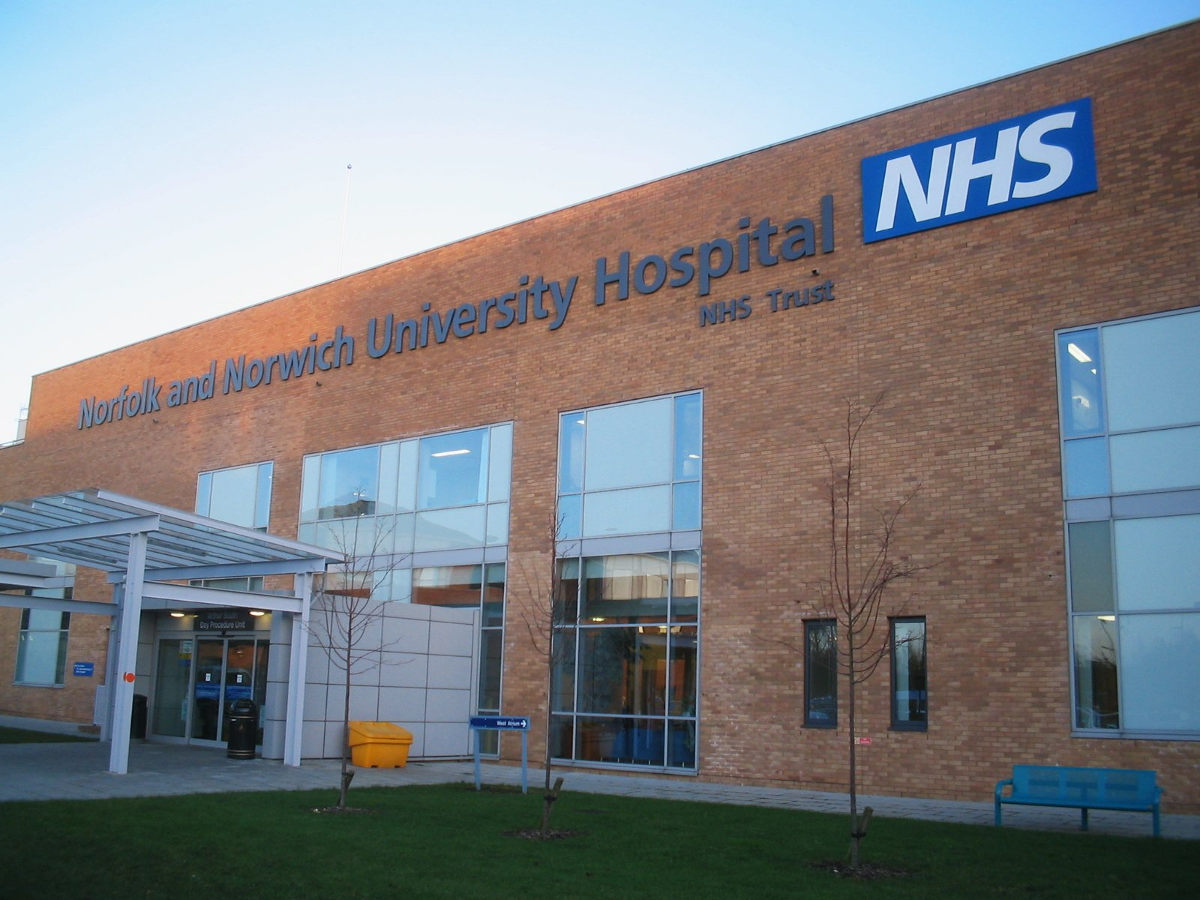London, UK (VIAnews) – Britain’s health service appears to be plunging into deeper crisis as new research from the BBC indicates mass failure to hit Government set targets.
These goals are laid down for the time it takes for a patient to be seen in Accident and Emergency departments, waiting time for cancer treatment and the period of wait for an operation.
There are 135 hospital trusts in England, and 26 health boards across the rest of the United Kingdom. Only one service across the entire service hit every target last year, that being the Luton and Dunstable NHS Trust. Scotland hit its A&E targets for three months across last summer.
Other than that, there has been total failure to reach the expected standards. This shows a rapid decline from 2012/13 when 86% of Trusts in England were attaining their goals.
However, the figures are perhaps not as alarming as they appear at first glance. Despite the targets not being reached, the majority of patients receive their treatment within the expected time frames, it is just that a significant minority do not. The worst performing areas are in the Midlands, Wales and Northern Ireland, where, in the last of which, there is an 80% failure rate.
A doctor from Nottingham University Hospitals NHS Trust explained the problem. Professor Srinivasan Madhusudan is head of Cancer care and leads a team of twenty-two oncologists. However, they have to cope with 5000 new cases every year. The numbers simply do not add up.
‘There are only so many patients that you can treat,’ he explains, before adding that he and his team work as hard as they can, to deal with the demand.
Currently, twenty percent of patients fail to be seen within the 62 days, the Government expects.
The situation in A&E is also tricky. All patients need to be seen within four hours of arrival, for a hospital to achieve its target. However, busyness fluctuates, and hospitals are faced with a choice between reaching the target and prioritising the care they offer. Most chose to put in place procedures that allow for genuine emergencies to take precedence over minor accidents. It is hard to disagree with this decision.
Half a million people have sat on a waiting list for an operation for too long. Treatment should take place within eighteen weeks of referral, according to Government requirements, and the number waiting longer than this has more than doubled in the last five years.
But the whole system of target setting is questioned by many working in the profession. The NHS also undergoes regular inspections of its hospital, and judgements from these do not always tie in with the success or failure of reaching targets.
For example, the best place in England to have a chance of being treated quickly is in the North East, but this region also contains some of the most damning inspection reports. Another example, North Tees and South Tyneside NHS trusts are both graded ‘inadequate’ by their inspection service and concerns have been expressed about both safety and the quality of care at these Hospitals.
However, both regularly achieve their waiting time targets in all three areas.
In other cases, the reverse is true. Leeds Teaching Hospitals is considered ‘good’ by inspectors. However, it failed to reach any target over the previous year.
A part of the reason for this is that target setting provides an extremely rough guide to the effectiveness of a hospital. In Leeds, in every month their mark has almost, but not quite, been achieved, yet reporting allows for no shades of grey. Even missing the goal by one patient results in failure.
Nick Hulme, though, is one of the few working in the NHS who supports the setting of targets. He believes that having clear expectations holds a service to account and offers clarity to the public. He says that standards have improved as a result of the targets. Mr Hulme’s role within the NHS is as an operations manager, he runs two trusts in East Anglia.
Whatever the Government’s obsession with targets, their feelings do not seem to be shared by the public as a whole. While the population regard the NHS as a major concern – it was rated as the top issue at the last two general elections – they also recognise the stresses the system is under. As success in reaching targets has fallen since 2013, conversely public satisfaction with the service they are receiving has increased.
In fact, feelings towards the NHS are amongst the best they have been in the last thirty years.




